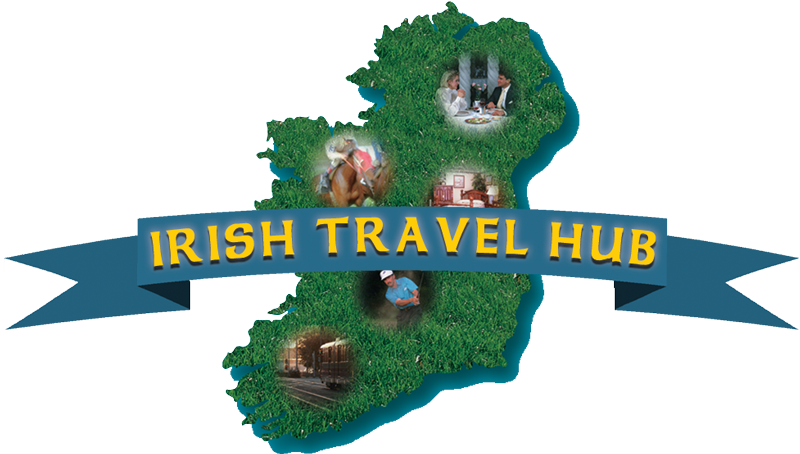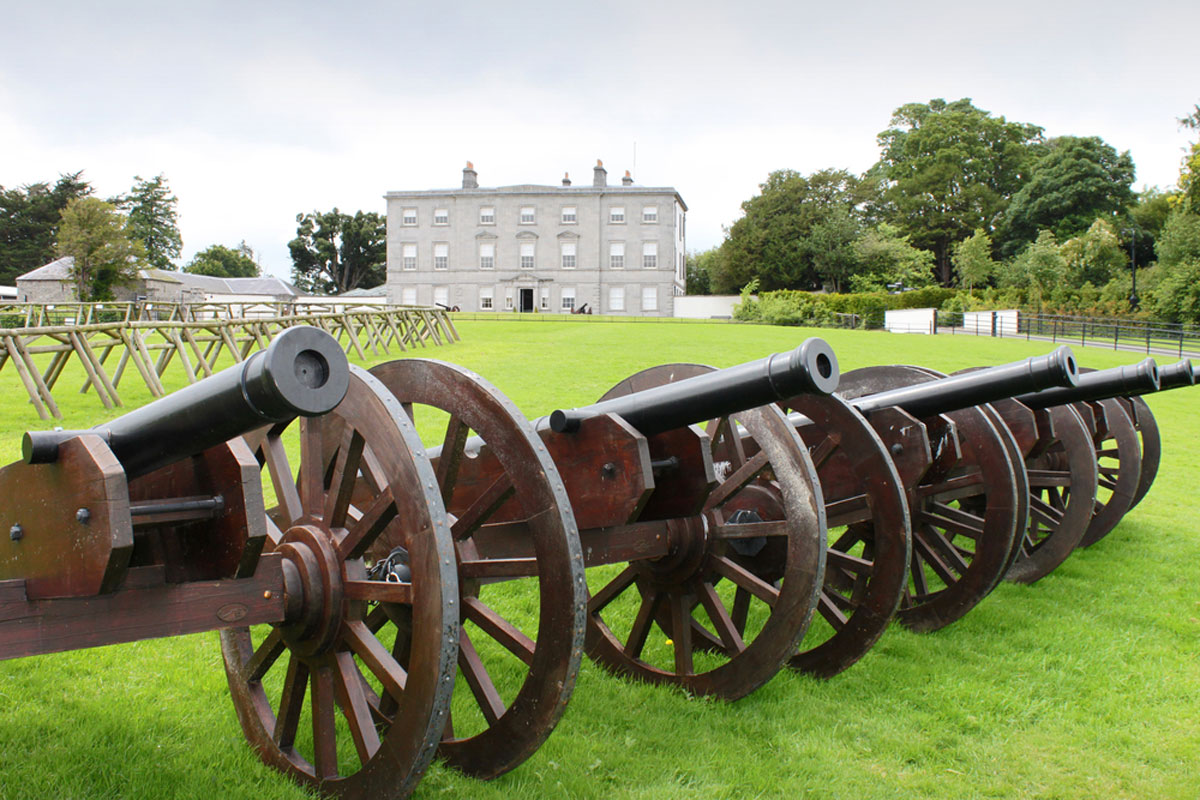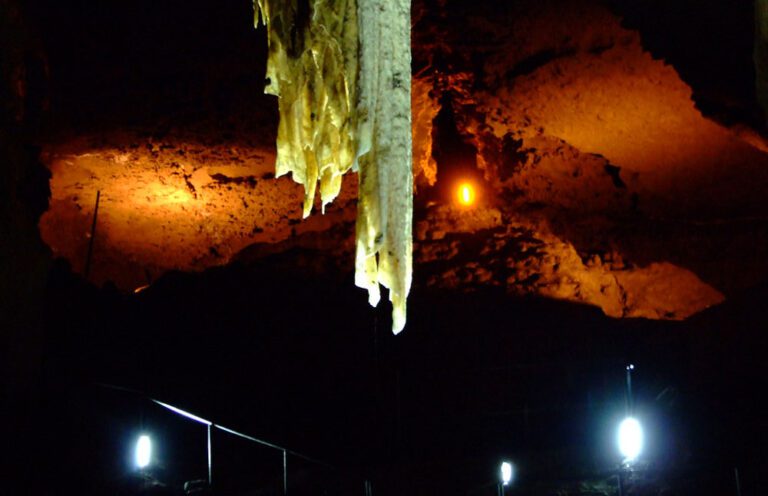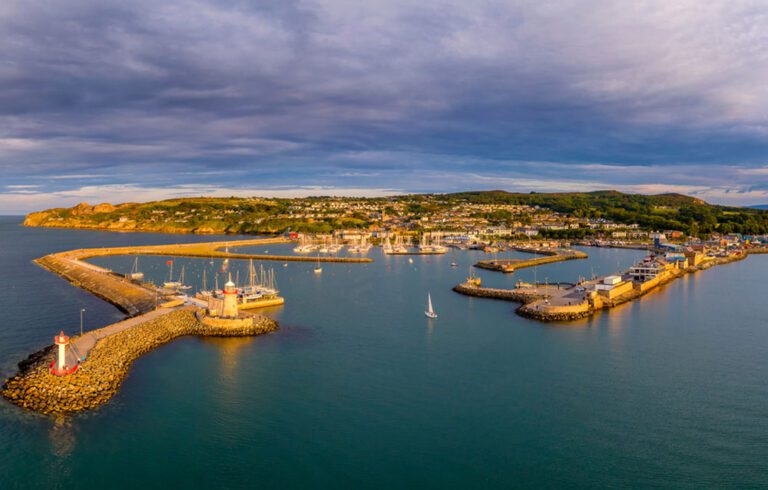Historical Context and Anecdotes
As we walk the hallowed grounds of the Battle of the Boyne site, we are transported back in time to the fateful day of July 1, 1690. With each step, we feel the weight of history pressing down upon us, as we immerse ourselves in the sights, sounds, and emotions of that pivotal moment in Irish and British history.
As the sun rose on that fateful morning, the air was thick with anticipation and tension, as the two armies prepared to meet in a clash of arms and ideologies. The Williamite forces, under the command of King William III, stood resolute on the northern bank of the River Boyne, their banners fluttering in the breeze as they awaited the signal to advance. Across the water, the Jacobite army, led by King James II, braced themselves for the onslaught, their hearts heavy with the knowledge that the fate of their cause hung in the balance.
The crossing of the River Boyne stands out as a defining moment of the battle, as Williamite troops braved enemy fire and treacherous currents to ford the river and engage the Jacobite forces on the southern bank. With musket balls whistling through the air and cannon fire echoing across the landscape, the scene was one of chaos and confusion, as men fought and died in a desperate struggle for dominance.
Amidst the smoke and turmoil of battle, the decisive cavalry charges that followed were equally dramatic, as mounted troops thundered across the open fields surrounding Oldbridge House in a clash of steel and determination. With swords flashing and hooves pounding, the cavalry charges epitomized the courage and valor of those who fought on both sides, their actions shaping the course of history in ways they could scarcely imagine.
As the day wore on and the battle raged on, the fate of nations hung in the balance, as the outcome of the conflict would determine the future of Ireland and the British Isles for generations to come. In the end, it was the Williamite forces who emerged victorious, securing a decisive victory that would forever alter the political and religious landscape of the region.
As we reflect on the events that unfolded here more than three centuries ago, we are reminded of the sacrifices made by those who fought and died on this hallowed ground. Their courage, their determination, and their unwavering commitment to their cause serve as a timeless reminder of the enduring spirit of humanity in the face of adversity.
Reflecting on the Legacy
As our journey through the Battle of the Boyne site draws to a close, we are filled with a profound sense of reflection and reverence for the events that unfolded on this hallowed ground more than three centuries ago. As we stand amidst the tranquil beauty of the Irish countryside, we are reminded of the enduring legacy of the Battle of the Boyne and its profound significance in shaping Irish culture and identity.
The Battle of the Boyne site serves as a poignant reminder of Ireland’s turbulent past and its ongoing quest for independence and self-determination. Here, amidst the rolling hills and meandering waters of County Meath, we are transported back in time to a period of political upheaval and religious strife, where the destinies of nations hung in the balance and the fate of generations was decided on the field of battle.
Through its memorials, monuments, and interpretive displays, the battlefield pays tribute to the sacrifice and valor of those who fought and died here, ensuring that their legacy lives on for future generations to remember and commemorate. From the towering obelisks that dot the landscape to the reconstructed trenches and earthworks that bear witness to the ferocity of the conflict, each monument serves as a tangible reminder of the human cost of war and the resilience of the human spirit.
In conclusion, a journey through the Battle of the Boyne site offers not only a glimpse into the past but also an opportunity to connect with history in a profound and meaningful way. As we leave this sacred ground, we carry with us a deeper understanding of the events that unfolded here and the enduring legacy of those who came before us. Their courage, their sacrifice, and their unwavering commitment to their cause serve as a timeless testament to the enduring spirit of humanity in the face of adversity, inspiring us to honor their memory and preserve their legacy for generations to come.
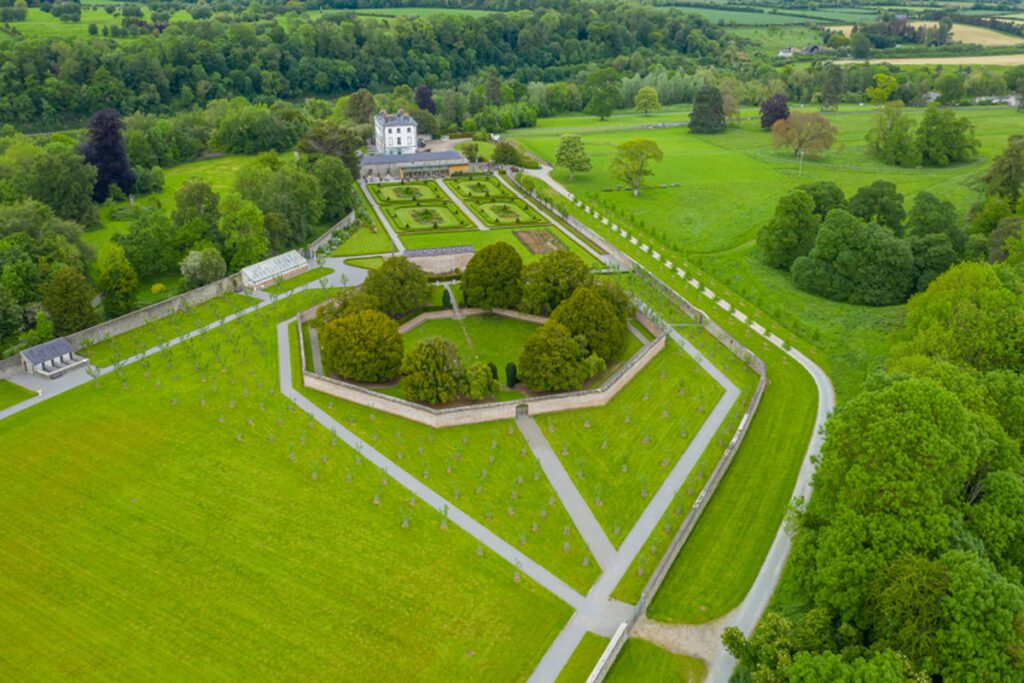
A Historic Landscape
As we step into the tranquil countryside near Drogheda, County Meath, the landscape unfolds before us like pages from a history book, each rolling hill and winding river revealing layers of the past. Here, amidst fields of emerald green and the gentle flow of the River Boyne, lies a landscape steeped in the echoes of centuries-old conflicts and the footprints of generations gone by.
The scenic beauty that surrounds us belies the tumultuous history of this place, where the tranquility of nature masks the violence and upheaval that once gripped the land. As we gaze out across the fields, it’s easy to forget the bloodshed and sacrifice that occurred here, but the echoes of history linger in the air, reminding us of the battles fought and the lives lost in pursuit of power and glory.
The River Boyne, with its meandering course and crystal-clear waters, serves as a silent witness to the events that unfolded on its banks centuries ago. Once a strategic barrier and a lifeline for those who depended on its waters for sustenance, the river now flows peacefully, its currents carrying with them the secrets of the past.
But amidst this serene landscape lies a battleground unlike any other, where two armies once clashed in a struggle for supremacy and the destiny of nations hung in the balance. Here, on this hallowed ground, the course of history was forever altered, as the forces of King William III and King James II met in a fateful confrontation that would shape the future of Ireland and the British Isles.
As we walk through the fields and along the riverbanks, we are reminded of the resilience of the human spirit and the enduring legacy of those who came before us. The landscape may have changed over the centuries, but the spirit of those who fought and died here lives on in the very soil beneath our feet, reminding us of the sacrifices made in the name of freedom and justice.
In this historic landscape, amidst the beauty of nature and the echoes of the past, we find a profound connection to our shared history and a renewed appreciation for the sacrifices of those who came before us. As we continue our journey through the Battle of the Boyne site, let us pause to reflect on the lessons of history and the enduring legacy of this sacred ground.
Key Landmarks and Features
Our journey through the Battle of the Boyne site begins at the majestic Oldbridge House, a grand Georgian mansion that served as the nerve center of King William III’s forces during the battle. With its elegant architecture and stately presence, Oldbridge House stands as a testament to the events that unfolded here more than three centuries ago, offering visitors a window into the past through its museum and visitor center.
Stepping inside Oldbridge House, visitors are transported back in time to the days leading up to the Battle of the Boyne, as they explore exhibits and artifacts that tell the story of this pivotal moment in history. From interactive displays to immersive exhibits, the museum offers a comprehensive overview of the battle and its significance, shedding light on the key players, events, and outcomes that shaped the course of Irish and British history.
From Oldbridge House, our journey takes us along the banks of the River Boyne, where we trace the positions of the opposing armies as they prepared for the impending conflict. On the northern bank of the river, the Williamite forces, led by King William III himself, awaited the signal to engage their Jacobite counterparts across the water. Arrayed in formation and brimming with determination, the Williamite troops stood ready to defend their cause and secure victory on the battlefield.
Across the river, on the southern bank, lay the positions of the Jacobite forces under the command of King James II. With their backs to the water and their eyes fixed on the approaching enemy, the Jacobite soldiers braced themselves for the onslaught, knowing that the fate of their cause hung in the balance. As tensions mounted and the air crackled with anticipation, both sides prepared to meet their destiny on the field of battle.
As we stand amidst the historic landscape of the Boyne Valley, we are reminded of the courage and sacrifice of those who fought and died here, their spirits lingering in the very air we breathe. From Oldbridge House to the banks of the River Boyne, the key landmarks and features of the battlefield serve as tangible reminders of the events that unfolded on this hallowed ground, ensuring that their legacy lives on for generations to come.
Here are some more famous tourist attractions in County Meath:
- Newgrange: A UNESCO World Heritage Site and one of Ireland’s most famous ancient monuments, known for its Neolithic passage tomb.
- Trim Castle: The largest Anglo-Norman castle in Ireland, offering guided tours and stunning views of the surrounding landscape.
- Hill of Tara: An ancient ceremonial and political site, believed to have been the seat of the High Kings of Ireland.
- Bru na Boinne Visitor Centre: Provides information about the nearby Neolithic sites of Newgrange, Knowth, and Dowth.
- Loughcrew Cairns: A series of prehistoric passage tombs with panoramic views over the surrounding countryside.
- Kells Priory: A well-preserved medieval monastic site featuring a round tower and high crosses.
- Tayto Park: A popular theme park featuring rides, attractions, and an animal park, suitable for families.
- Slane Castle: A historic castle known for its association with rock concerts and events, as well as its beautiful gardens.
- Trim Visitor Centre: Offers insights into the history and heritage of Trim, including its connections to the Knights Templar.
- Solstice Arts Centre: A contemporary arts venue showcasing visual arts, theatre, music, and dance performances.
- Bective Abbey: A picturesque Cistercian abbey with well-preserved ruins, set in tranquil countryside surroundings.
- Boyne Valley: A scenic area renowned for its natural beauty, historical sites, and outdoor activities such as hiking and fishing.
- Royal Tara Golf Club: A championship golf course offering stunning views and challenging play for golf enthusiasts.
- Dunsany Castle: A historic castle with beautiful gardens, open to the public for guided tours and events.
- Kilmessan Castle: A restored medieval castle with a rich history, now operating as a luxury hotel and event venue.
Recommended Reading:
- The Hill of Tara: Exploring the Ancient Seat of Ireland’s High Kings
- The Incredible Megalithic Tomb of Newgrange: A Trip Through Ireland’s Ancient History
Helpful Resources:
